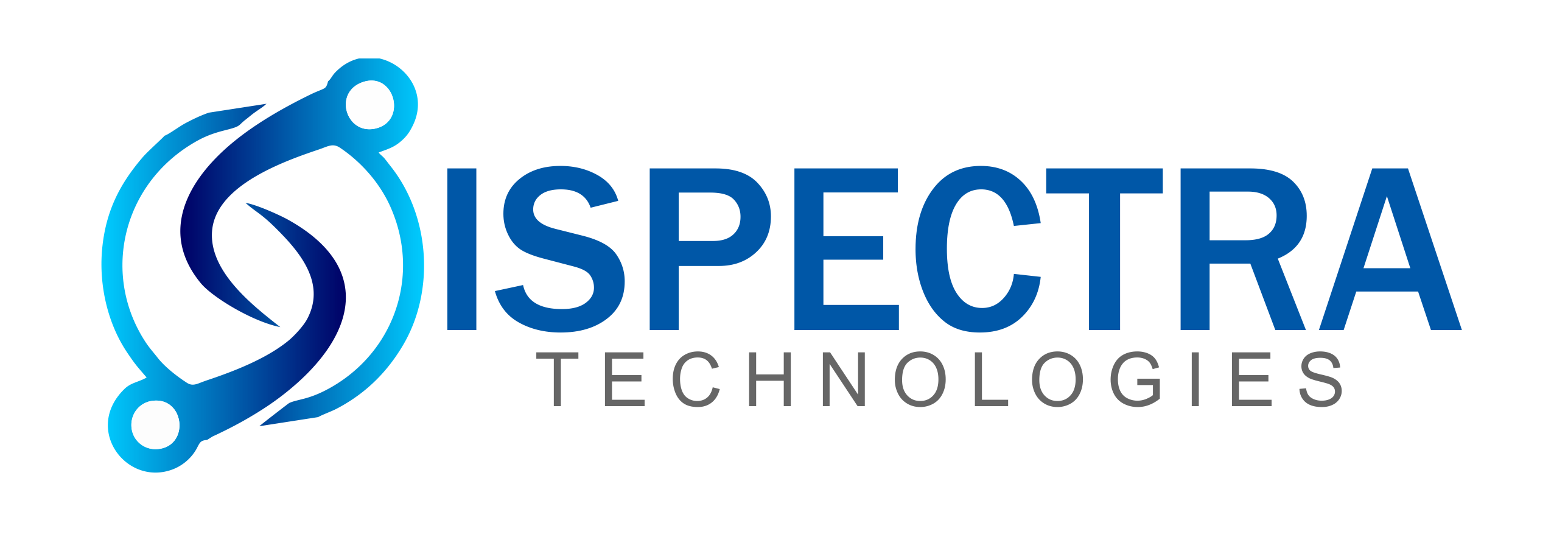Strategic Risk Management (SRM) is a crucial practice within organizational frameworks to facilitate identifying, assessing, and mitigating risks. It is a step-by-step process aimed at implementing proactive strategies to anticipate and effectively address potential disruptions.
Furthermore, it serves as a cornerstone for sustaining competitiveness. A comprehensive SRM framework integrates risk management practices across various organizational functions and levels. This allows businesses to confidently navigate uncertainties, positioning themselves for sustained growth and prosperity.
Importance of Strategic Risk Management for Your Organization
Effective strategic risk management is crucial for ensuring organizations’ resilience and enduring success. Failure to adequately address or overlook risk management can leave your organization susceptible to considerable vulnerabilities, potentially endangering its viability and sustainability.
Here are some of the benefits of strategic risk management:
-
Board Responsibility:
Modern risk management strategies allow businesses to streamline and allocate responsibilities. By implementing such strategies, companies can effectively distribute and mitigate the burden of responsibilities placed on the Board.
-
Objective Assessment:
SRM helps organizations with reactionary decision-making, addressing immediate issues without considering broader future implications. Thus, it empowers senior leadership within a company to adopt a forward-thinking approach.
-
Decision-Making Framework:
Strategic risk management establishes a structured framework for decision-making. This framework facilitates a sense of confidence among business leaders when navigating future decisions underpinned by a comprehensive risk management strategy.
-
Significant Progress:
A robust risk management strategy enables organizations to establish clear objectives and goals. It allows businesses to identify potential obstacles beforehand and subsequently make informed decisions to chart a path toward sustained progress and growth.
Identifying Risks: Key Steps for Strategic Risk Management
The first step to minimize risks and maximize profitability is identifying threats. But how can you do it right? Well, here are the five significant steps that you can follow to identify potential threats efficiently.
-
Conduct a Strategic Risk Assessment:
You must start with a thorough analysis of your organization’s primary strategy. Next, assess the organizations’ goals, projects, and strategies. You must consider both internal and external factors like market changes, technological advancements, and customer preferences that could impact your success rate in achieving these goals.
-
Engage in Enterprise Risk Management:
Enterprise Risk Management (ERM) is a strategic approach to recognize and evaluate risks comprehensively. This involves conducting a meticulous analysis of risks across different dimensions, such as strategic, operational, compliance, and financial realms. The ERM principles allow organizations to devise strategic interventions and enhance overall resilience and sustainability.
-
Analyze Your Supply Chain:
Supply chain disruptions influence business operations considerably. So, next, you must employ Supplier Risk Management to discern the pivotal elements within your supply chain and gauge the accompanying risks. This involves scrutinizing logistics, transportation, sourcing, and geopolitical risks.
-
Engage Stakeholders for Input:
It is essential to establish meaningful connections with various stakeholders, including employees, customers, and suppliers, to gather valuable insights regarding potential risks. Cultivate transparent communication channels for a thorough comprehension of their concerns. It will allow you to unveil risks that may otherwise go unnoticed.
-
Maintain Awareness and Stay Current:
In today’s ever-evolving business landscape, it is crucial to stay at par with industry trends, regulatory shifts, and novel technologies. So, embracing a proactive approach enables anticipating potential risks and facilitates formulating strategies to manage and mitigate them adeptly.
Strategic risk management is a continual process requiring periodic reassessment and refinement of risk identification strategies to comprehend potential hazards thoroughly.
integrating these fundamental steps, you can actively discern risks, render informed choices, optimize profitability, and secure enduring organizational prosperity.
How can you integrate Strategic Risk Management?
You must opt for a systematic approach to embed strategic risk management within the organization’s framework seamlessly. Here are the step-wise plans that you can adopt to harmonize risk management with strategic planning:
Step 1. Strategic Development:
Initiate the process by clearly defining the organization’s mission, vision, and methodologies for evaluating risks associated with strategic initiatives.
Step 2. Communication:
Ensure transparent communication with stakeholders and internal teams regarding aligning strategic risk management with collective interests. Establish regular discussion updates and forums to track progress and address discrepancies.
Step 3. Organizational Alignment:
Evaluate existing protocols and procedures to verify the integration and coverage of risk management aspects. You must address any outdated or insufficient information by providing necessary updates.
Step 4. Operational Planning:
Provide comprehensive training to empower personnel with the knowledge to implement optimal practices for identifying, mitigating, or monitoring strategic risks.
Step 5. Monitoring:
Regularly oversee operational processes and their alignment with organizational goals. Utilize data analysis alongside crucial performance indicators (KPIs) to assess the efficacy of risk management approaches.
Step 6. Evaluation and Adaptation:
Conduct regular quality assessments post-implementation to assess the system’s efficacy. Embrace a culture of flexibility and adaptability, making necessary adjustments to the risk management framework per evolving organizational needs.
Wrapping Up!
Strategic risk management is not a one-time task. It is an ongoing endeavor that requires the active participation of key stakeholders to oversee and guide the process. However, due to the evolving nature of risks, it becomes quite difficult for organizations to implement strategic risk management strategies successfully. This is where trusted SRM service-providing companies come to the rescue. They can help refine risk management methodologies, safeguard operations, and pave the way for sustained success and resilience.
So, if you plan to craft your Strategic Risk Management (SRM) plan, you can connect with iSpectra and explore our array of strategic risk management solutions. Our expertise can assist you in navigating the SRM process, empowering you to propel your business confidently.

